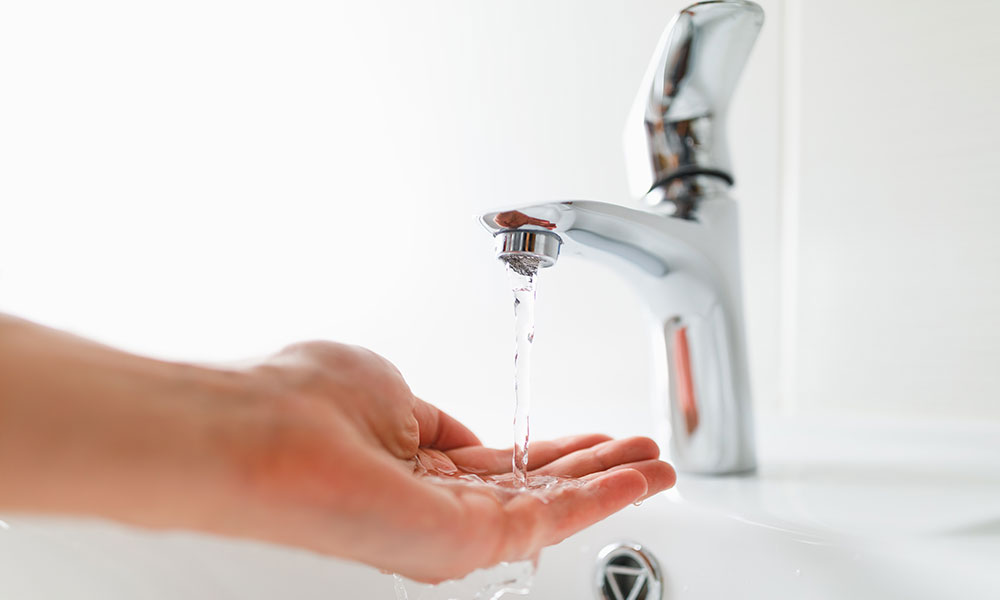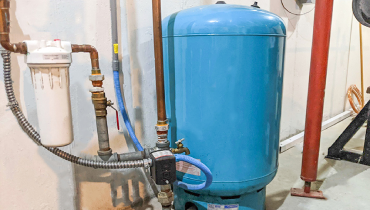Are you looking for facts and techniques about 10 Reasons for Low Water Pressure in Your House?

Low tide pressure in your house can be an aggravating issue, impacting everything from showering to washing meals. If you're experiencing weak water flow, there are a number of possible reasons and remedies to check out. In this overview, we'll discuss typical factors for low water pressure and sensible steps to attend to the concern properly.
Introduction to Low Tide Stress
Low tide stress happens when the flow of water from your faucets, showers, and various other components is weaker than common. This can make daily jobs more difficult and much less efficient. Understanding the reasons for low tide pressure is essential to locating the ideal service.
Typical Root Causes Of Low Water Pressure
Faulty Stress Regulatory Authorities
Stress regulatory authorities are responsible for preserving constant water pressure in your house. If they malfunction, it can result in low tide stress or uneven circulation throughout your house.
Community Water System Issues
Sometimes, the issue lies outside your home. Municipal water system problems, such as main line leakages or upkeep work, can momentarily minimize water stress in your location.
Pipe Obstructions
With time, pipes can end up being clogged with mineral deposits, debris, or particles, restricting the flow of water. This is a common issue in older homes with galvanized steel pipelines.
Deterioration
Rust within pipes can lead to leakages and decreased water stress. Corrosion buildup can constrict water circulation, especially in aging plumbing systems.
Exactly How to Detect Low Tide Stress
Evaluating Pipes
Check visible pipes for signs of leaks, rust, or obstructions. Take note of any uncommon noises, such as banging or rattling pipelines, which can suggest issues within the plumbing system.
Consulting with a Plumber
If you're unable to pinpoint the reason for low tide pressure, consider employing a specialist plumber to perform a thorough assessment. They can identify underlying issues and recommend suitable options.
Checking Taps and Components
Beginning by testing the water pressure at different taps and fixtures throughout your home. If the issue is isolated to particular areas, it might suggest localized problems.
DIY Solutions to Deal With Low Water Stress
Flushing Water Heater
Sediment build-up in the water heater can restrict flow and lower efficiency. Purging the container occasionally aids get rid of sediment and maintain optimum performance.
Checking Pressure Regulator
Make certain that the pressure regulatory authority is functioning properly. Adjusting or changing the regulatory authority can help bring back proper water stress throughout your home.
Cleaning Up Aerators and Showerheads
Natural resources can gather in aerators and showerheads, decreasing water circulation. Eliminate and clean up these components frequently to improve water pressure.
Clearing Up Clogs in Piping
For minor blockages, try utilizing a plumbing serpent or chemical drainpipe cleaner to clear obstructions in pipelines. Beware when making use of chemicals and adhere to safety standards.
When to Call a Specialist Plumber
If DIY efforts fail to settle the concern or if you think considerable plumbing issues, it's best to seek support from a certified plumber. They have the proficiency and devices to attend to complicated problems safely and properly.
Preventive Measures to Keep Water Pressure
Mounting a Stress Booster
Think about mounting a stress booster pump to boost water stress in areas with regularly low circulation. This can be especially beneficial for multi-story homes or homes with high-demand components.
Tracking Water Use
Be mindful of water usage practices and prevent ill-using the plumbing system. Easy modifications, such as incredible showers and laundry loads, can assist keep adequate water stress.
Routine Maintenance
Schedule routine maintenance for your plumbing system to stop concerns such as rust, leaks, and clogs. Resolving small troubles early can aid avoid even more considerable fixings in the future.
Final thought
Taking care of low tide stress can be frustrating, yet determining the underlying reasons and carrying out appropriate solutions can recover ideal circulation throughout your home. Whether it's cleansing aerators, examining pipelines, or consulting with a plumber, taking positive steps can guarantee a constant supply of water for your day-to-day demands.
FOUR WAYS TO FIX LOW WATER PRESSURE NOW
Turning on a shower or faucet only to find the water comes out in a sad, slow drizzle is never a good feeling. How exactly are you supposed to wash a pan or take a quick shower when it takes 10 minutes just to rinse off a little soap? The good news is that when your water pressure is bad, there's always a cause: typically one that can be easily fixed. Here are some of the most common causes of low pressure and what you can do to fix the issue:
DEBRIS AND MINERAL DEPOSIT BUILDUPS
If you notice low water pressure from just one or two of the fixtures in your house, the problem likely has to do with debris buildup. Water is full of minerals and other debris, all of which can accumulate in your pipes and on your fixtures. This can cause a blockage that affects how much water flows through. To fix this, try filling a small plastic bag with white vinegar, and use a rubber band to hang it around your showerhead or faucet. Let the head of the fixture soak for a few hours, and the vinegar should loosen the deposits.
WATER LEAKS
Leaks are another common cause of low water pressure. If water is flowing out of your plumbing through a hole or crack before it can reach your fixture, the pressure coming out of the faucet or showerhead will be lower. A plumbing professional is your best bet for finding and repairing a leak in your water supply pipes.
Leaks are another common cause of low water pressure. If water is flowing out of your plumbing through a hole or crack before it can reach your fixture, the pressure coming out of the faucet or showerhead will be lower. A plumbing professional is your best bet for finding and repairing a leak in your water supply pipes.
A VALVE ISSUE
If you have low water pressure throughout your home, check your main shut-off valve to make sure it's completely open. You may also want to see if there's a pressure-reducing valve installed. If there is, have a plumber help you adjust the settings to get the pressure you're looking for.
OTHERS USING WATER
Believe it or not, your low water pressure could be caused by your neighbors. If you notice low pressure at certain times of day, it may be because you and the people living next to you have similar schedules - when everyone is showering at the same time, the pressure will be lower in every home. Low pressure throughout the neighborhood may also be caused by an issue with your municipal water supply. If that's the case, call the supplier to see if they're working on the issue.
https://www.rotorooter.com/blog/water-leaking/low-water-pressure-fixes/

Do you really like more info about 10 Reasons for Low Water Pressure in Your House? Post feedback down below. We would be happy to hear your responses about this write-up. We hope that you come back again soon. Are you aware of someone else who is interested in the niche? Why not share it. We enjoy your readership.
Rates